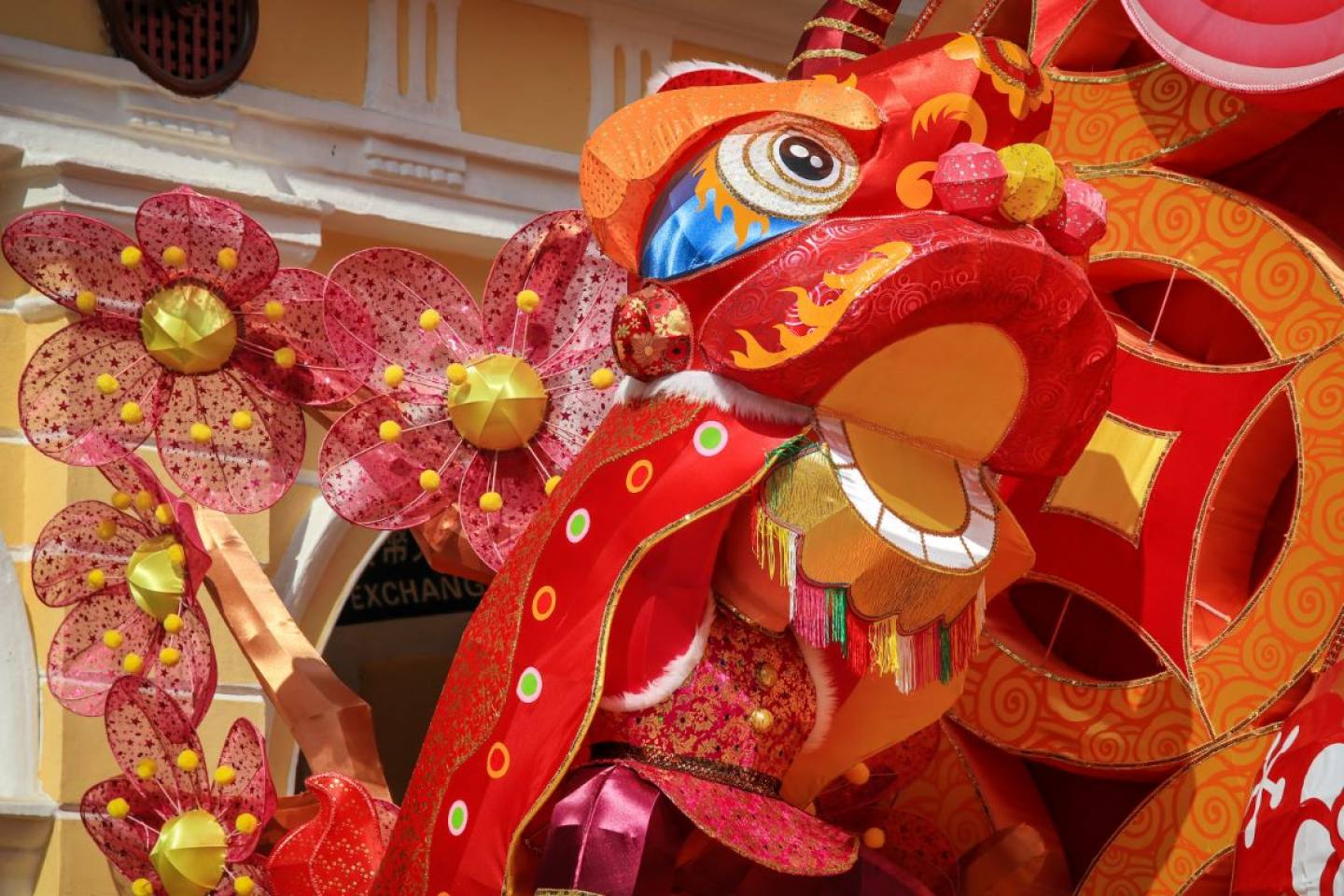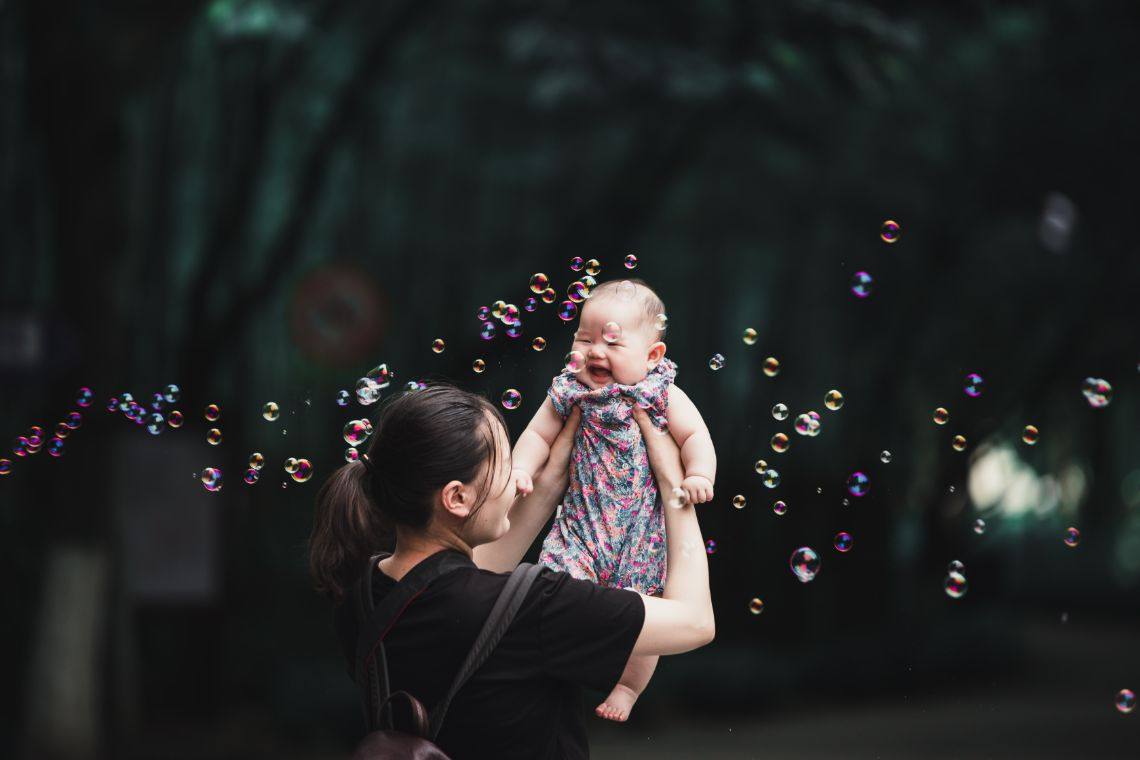My Chinese Jamaican neighbours
A brief introduction to the Chinese Jamaican community of the 1960s
My earliest recollection of the Chinese Jamaican community was during my early childhood, in the late 50s to early 60s. My house was opposite a grocery store owned and operated by Mr. Kong and his family. They lived on the upper floor of their two-story building, with the grocery store on the ground floor. The Kong’s grocery store was a relatively small dry good store that had everything, from food items to household articles, making it a central spot both for the neighbourhood and commuters along our busy road.
Mr. Kong was generally regarded as Chinese Jamaica for he spoke Jamaican English. However, Mrs. Kong had limited English and spoke with her family in a Chinese language. It was rumoured that Mr. Kong’s parents sent him to China to find a wife, which he did. I later learnt that this was a common practice among the Chinese Jamaican community at the time.
The Kong children, a boy and girl were shy I thought since they did not join the rest of us in the neighbourhood to play. As they grew older, I began to speak with them over the counter when they helped their parents in the store after school.
Everyone in the neighbourhood knew the Kong family for their grocery store was the only one in the area. They were also the only Chinese Jamaican in our neighbourhood, which seemed normal, as all the other small stores I knew then were run by Chinese Jamaicans.
Over the years the Kong’s family business grew and they opened a hardware store in Crossroads, a commercial hub. Like many Chinese Jamaican families of that era, they eventually moved out of their two-storey building to a house uptown; but the contact was maintained with Mr. and Mrs. Kong over the counter of the hardware store. By then their children had grown and were no longer involved in the business, it seemed for they were not behind the counter.
The Kong’s story from a distance is typical for many Chinese Jamaicans of that era. They were waves of Chinese immigrants in the 1900s who came from mainland China as indentured labourers. Most belonged to the Hakka ethnic group in southern China and the ties with that region were retained by the Chinese Jamaican community.
Many Chinese Jamaicans migrated to Canada and the USA in the 1970s due to a downturn in the economy and racial tensions. They were replaced by a new wave of Chinese migrants from Hong Kong and Taiwan during the 1980s and 1990s. Today Chinatown in downtown Kingston, has experienced a revival with these new Chinese owned businesses. https://en.wikipedia.org/wiki/Chinese_Jamaicans
Back in the early 60s one of my cousins played with Byron Lee and the Dragonaires, a versatile band that played all the latest popular music. Although I never met Byron Lee in person, he was a sort of neighbour through my cousin and their music, which I loved. Byron Lee was among an exceptional group of Chinese Jamaicans who, from the 60s onward, made Jamaican popular music industry a global phenomenon. These pioneers include Vincent and Patricia and Clive Chin, Mikey and Geoffrey Chung, Justin Yap, Leslie Kong, Ernest, Jo Jo, Kenneth, and Paulie Hoo Kim.
https://jamaicans.com/top-10-byron-lee-dragonaires-songs/
https://daily.bandcamp.com/lists/chinese-jamaican-influence-on-classic-reggae-list
Today there are several Chinese Jamaicans with Hakka roots, who are integral to the Jamaican identity of ‘out of many one people.’ Among the most well-known is Father Ho Lung, founder of the Catholic order called Missionaries of the Poor https://missionariesofthepoor.org/about-mop/founder/
Also visit our gallery for contemporary Jamaican/Caribbean fine art: https://www.experiencejamaique.com/product_gallery
Denise’s story
Unsplash photo by Rui Xu and Macau Photo Agency
February 2021
Copyright ©️ Erleben Sie Jamaique. Alle Rechte vorbehalten. Entworfen und entwickelt von LucraLux Marketing.







